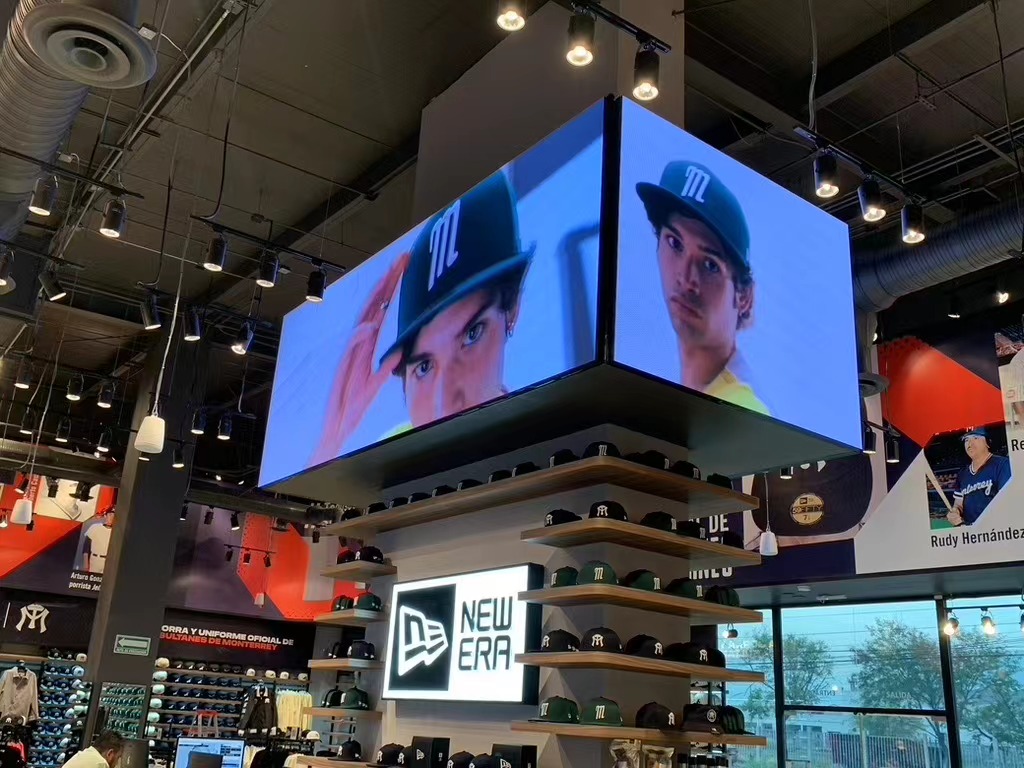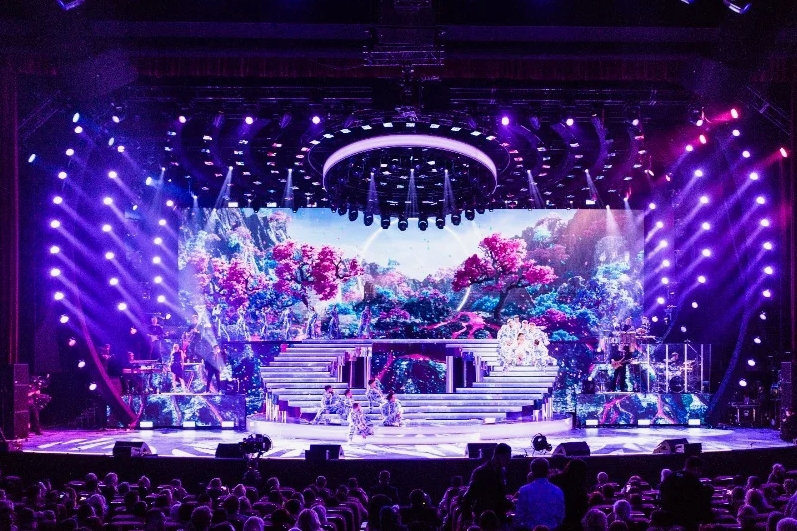How Much Does It Cost to Operate Digital Billboards?
Table of Contents
- Why Are Digital Billboards Better?
- How Much Does It Cost to Operate Digital Billboards?
- How to Reduce the Operating Costs of Digital Billboards?
Why Are Digital Billboards Better?
Digital billboards have rapidly emerged as a powerful advertising tool in modern society, leveraging the advantages of LED technology and related innovations.

High-Definition Visual Impact: Digital billboards utilize advanced LED technology, providing high-definition displays that make advertising content more vivid and attention-grabbing.
Real-Time Content Updates: With the help of the internet and cloud technology, digital ads can be updated in real-time, allowing advertisers to flexibly adjust content and promptly share the latest information.
Remote Control and Monitoring: Advanced digital advertising systems support remote control and monitoring, enabling advertisers to manage billboards in real-time from anywhere, thus improving operational efficiency.
Flexible Multimedia Integration: Digital advertising can integrate images, videos, and animations, providing more creative possibilities and enhancing advertising expressiveness.
Interactivity and Personalization: Through interactive technologies, digital ads can engage audiences in real-time, increasing user participation. Additionally, advertisers can personalize content for different target audiences. Take you to understand the working principle of LED interactive floor tile screen in 8 minutes.

How Much Does It Cost to Operate Digital Billboards?
This is a crucial question for advertisers. Generally, the cost of operating digital billboards ranges from thousands to tens of thousands of dollars. The following are key factors influencing operational costs:
Hardware Investment: This includes the cost of LED screens, supports, and power systems. The investment amount is directly related to the size and quality of the billboard.
Software Systems and Content Production: Operating digital ads requires advanced software systems for managing content and enabling remote control. Additionally, producing high-quality ad content incurs costs.
Maintenance and Management: Regular maintenance is essential for ensuring long-term stable operation. This includes hardware upkeep, remote monitoring, and troubleshooting, all of which require a budget.
Energy Costs: Digital advertising needs power supply. Using renewable energy or energy-efficient designs can help reduce electricity costs.
Ad Space Rental Fees: If advertisers choose to rent ad space in busy areas, rent is also part of the operational costs.
Specifically, opting for smaller digital billboards may result in relatively lower hardware and operational costs. Conversely, larger digital billboards generally entail higher costs. Additionally, setting up in bustling commercial areas or high foot-traffic locations will likely lead to higher rental and operational costs. While initial investments can be significant, the flexibility and efficient operation of digital billboards can yield substantial returns for advertisers, as real-time content updates and high interactivity make it easier to attract target audiences and improve ad conversion rates.

How to Reduce the Operating Costs of Digital Billboards
To reduce the costs of operating digital billboards, consider the following:
Choose the Right LED Display: Selecting high-quality, reasonably priced LED displays can lower hardware costs. Choosing appropriate sizes and resolutions can also prevent resource waste. What is the general size of stage LED rental screen?
Optimize Content Production: Content creation is a crucial yet costly part of operating digital billboards. Costs can be lowered by optimizing production, such as using templated content to minimize custom development.
Plan Ad Playtimes Strategically: The timing of ad displays affects operational costs. Planning ads for less busy periods or scheduling based on audience characteristics can help reduce costs.
Regular Maintenance and Updates: Routine maintenance and updates can extend the lifespan of digital billboards and enhance their display quality and dynamic performance. Regular checks of LED brightness and color parameters can ensure optimal functioning.
Utilize Data Analytics for Optimization: Data analysis can provide insights into target audience needs and behaviors, allowing for better optimization of ad content and scheduling, reducing costs while improving advertising effectiveness.
Conclusion: The Bright Future of Digital Billboards
Digital billboards stand out as leaders in the modern advertising industry, showcasing unique advantages through advanced LED technology and support. Their visual impact, interactivity, and real-time updates present new opportunities in the digital era. Although operating digital billboards requires an investment, ongoing technological advancements and market expansion will continue to create opportunities for advertisers while enriching the informational experience for viewers. In the future, digital billboards will illuminate new paths for commercial development.


